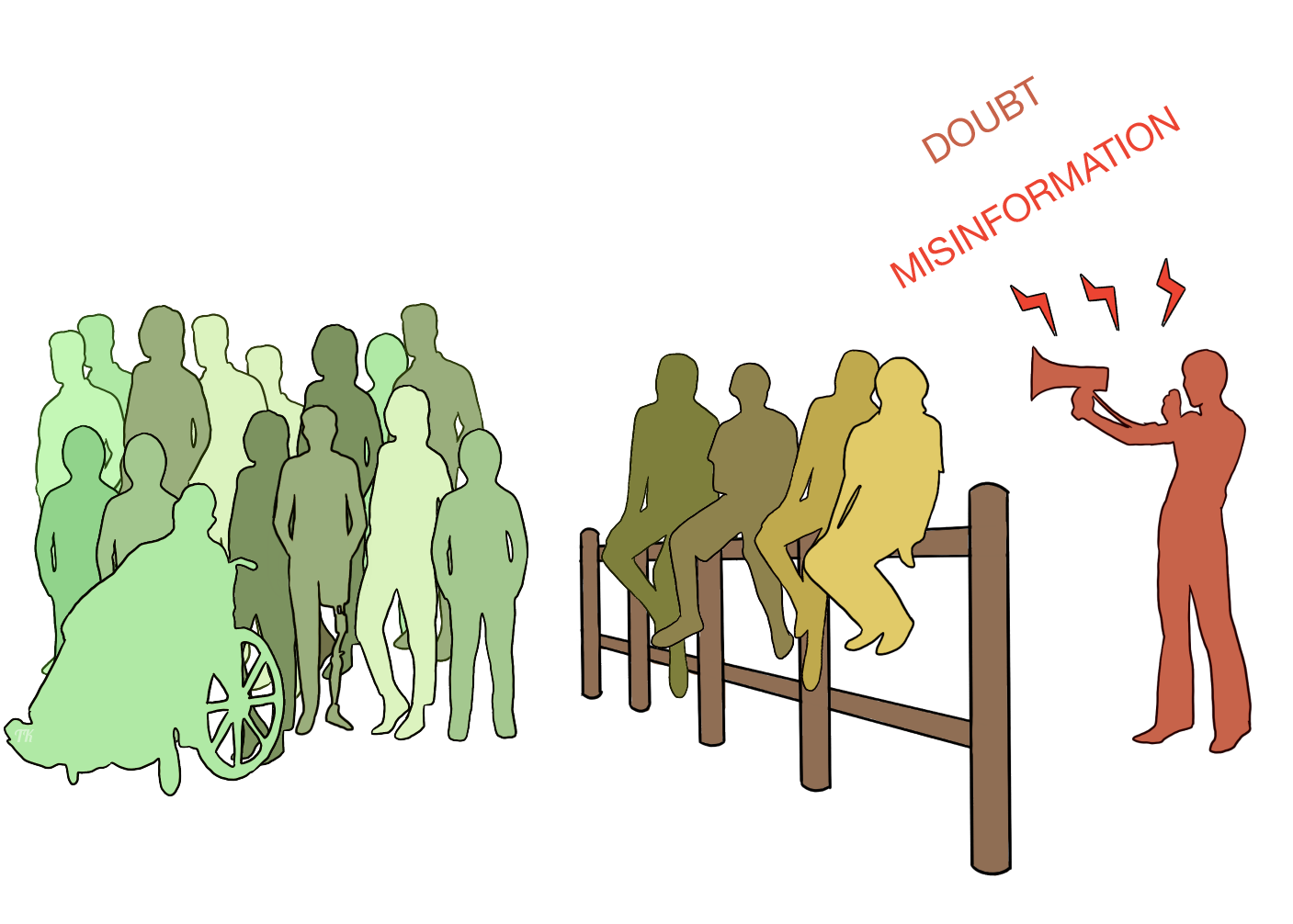Anti-Vaccination Movement

Vaccines are one of the greatest achievements in the history of medicine and continue to save millions of lives every year. But a persistent group of voices – the anti-vaccination movement – is undermining those public health successes by spreading fear and misinformation. In recent years, cases of vaccine-preventable diseases, such as measles, have started to surge in Canada and some developing countries, due in large part to vaccine hesitancy, which the World Health Organization (WHO) has declared a top global health threat.
To understand the risks posed by anti-vaccination activists and how public health professionals can combat the rising tide of misinformation, it is important to examine how this movement evolved and why the methods of anti-vaccination activists are often effective.
The Roots of Anti-Vaccine Activism
The anti-vaccination movement has been around since the invention of vaccines in the late 1700s when the first successful vaccine was developed for smallpox, an infectious disease that killed three out of every ten infected. Throughout the 19th century, anti-vaccination groups formed and held rallies, protests, and even riots to bring attention to false beliefs about vaccines.
Those early anti-vaccine activists argued the vaccine was unsafe and that focusing on better sanitation and hygiene were the real keys to combatting smallpox. The anti-vaccination advocates were well-organized and gained significant public support, as well as favourable coverage in the media, which hampered the rollout and delivery of vaccination programs.
Points of Consideration
In Canada, the smallpox vaccine was discontinued as a routine immunization in 1972 since vaccination campaigns successfully led to the elimination of endemic smallpox in Canada by 1946. The final laboratory-confirmed case of smallpox in Canada was in 1962 (Government of Canada, 2014). Through worldwide vaccination efforts, naturally occurring smallpox disease was globally eradicated by 1977 (Government of Canada, 2014). When infectious diseases are eradicated worldwide because of vaccines, the vaccination programs can be stopped.

